Best Rural Internet Solutions for Remote Learning
Remote Learning During Covid-19
School districts across the country are providing millions of dollars’ worth of electronic devices to children this year to accommodate the stay at home order in place for many communities this fall requiring students to attend school from home. Districts are teetering between a fully digital “remote schooling” experience, a hybrid schedule that alternates attendance days to reduce potential exposure, and a voluntary school from home option to complete assignments and participate via web centered curriculum training. It has gotten so frustrating that many parents have opted to home school since many of them are furloughed or working from home anyway. None of these options are worth a shiny worm-infested apple for your teacher without a reliable internet service provider or equipment.
Accommodating these specific pandemic mandates using video streaming technology is easily achievable. Using Microsoft Teams, Zoom, Google Meet, Skype, Facetime or any other video conferencing app can be super easy to download and install on almost any device. The hard part comes in the production.
It can be a challenge for parents to initiate a homeschooling office/studio for kids regardless of the student’s age, but once the Wi-Fi is connected, the rest can be as simple as “Lights. Camera. Action.”
But. If the lights do not work, and the camera does not work, there will not be any action.
Maintaining Reliable Internet in Online Classes
Most students in metropolitan areas are blessed with access to land based, high speed internet connectivity options from multiple companies. The densely populated areas of the United States are covered with land based hardwired internet providers like Sparklight, Verizon, Charter, and AT&T. The cost to any of these providers of expanding into sparsely populated areas is extremely expensive and often cost prohibitive. In the quest to find alternative methods of streaming with a decent video quality in these rural areas there are few options.
One of those options is a service called Tethering. Tethering has nothing to do with ropes attached to rubber balls, iron posts or concrete filled truck tires. Tethering is a term used to describe the action of using your personal communication device as a way to give another personal communication device access to a reliable internet service. It sounds glorious. It is quite simple to facilitate as well. Although, with all things too good to be great, there are downsides, especially for a student-centered streaming session requiring decent video quality and internet reliability.
If there is one thing a student needs in his or her personal device, it is battery life. Mobile device batteries have come a long way from the bricks we would carry around in a suitcase, but we have also added features to our mobile devices that require more and more power. Tethering will drain your phone, iPad, laptop battery considerably faster than normal use. There are ways to help sustain battery life when tethering, such as connecting via Bluetooth or hard lined via usb. Ultimately this will prevent abominable battery depletion rates, but it equates to putting a bandage on a bullet hole. The bandage will not provide a consistent stream of data and the internet quality or video resolution that is needed for online classes and Zoom meetings either.
The unreliability of tethering is inevitable due partly because the device being used is designed for one purpose (i.e. calls, texting, or Facebook) with the potential for tethering, not designed for tethering with the potential for the other purpose.
Speaking of other purposes, if you use your phone to tether other devices, you probably will lose access to important features of your device. Tethering has been known to disable phone, text, and other communication apps during the time in which tethering is allowed. That could be a deal breaker if you are expecting a call when online. Inability to receive a call or text might result in a delayed response to an urgent school notification, a missed call from a teacher, or even a missed call from a student’s part time job that could result in loss of income.
Probably the most important factor in deciding whether tethering is right for you is potential cost. Wireless plans around the U.S. average between 50 dollars for an individual and upwards of 200 dollars per month for a family plan with data, text, and talk. In the fine print of these mortgage sized contracts are stipulations that spell out how tethering is available on these devices, but there is a service fee to activate this feature. Without this feature, tethering is billed at a per Megabyte or Gigabyte rate with potential throttling and de-prioritization to consider.
In the old days, when your phone jumped from Carrier A to Carrier B this was called roaming. You could spend an hour on a call and never be wise to the fact you were on a tower not owned by your carrier. The phone would have an indicator about the size of a pin head on the top half of the screen, but you would never know because your head would be pressed to the side of the phone. The end user would be charged an exorbitant rate per minute for roaming fees. Most times that rate would be upwards of 1.95 per minute. So, an hour of accidental roaming would equal $117 plus tax in roaming fees. That is the same concept used for billing with tethering if you did not see the fine print in the contract and add on that service to your monthly bill.
If you are wise enough to see that in the contract, congratulations. That means you only need pay an additional monthly fee and deal with the other issues that might affect your device while tethering.
Using a Dedicated Internet Hotspot
When a campus or home Wi-Fi connection is unavailable or not on par with a continuously reliable internet service, as has been the case, the most preferred option for a dedicated connection with acceptable video quality for students in Corona time classes is called a wired or wireless hotspot.
Hotspots are wired or wireless devices whose primary reason for existence is to collect a cell phone signal and transform that into a Wi-Fi signal with network quality that other wireless devices can tap into for high speed, reliable, dedicated internet access. The wired version of these devices works the same way as your modem already installed at your home. The wired hotspot will simply plug into the wireless router and the router would then transmit the signal to your devices providing you internet for school. The wired option gives you the capability of hardwiring into the hotspot with an ethernet cord which is a preferred method by many users.
Hotspots are generally inexpensive, provide high speed internet reliability, and relatively easy to set up.
Hotspots with Unlimited LTE Advanced require no addition to your existing cell phone bill, allow you to utilize your phone or tablet to the fullest extent, include all the data you will ever need, and include 24/7 tech support.
The next time you bring an apple to your school Zoom meeting and your internet for school seems subpar, or your video resolution leaves a bit too much to the imagination, consider that learning from home should be as clear as your 720p resolution monitor will allow.

Mike Meyer serves as the Vice President of Marketing at Unlimited LTE, where he leads the charge in delivering innovative communication solutions to those who need them most—rural communities and people whose lives keep them constantly on the move. With nearly a decade at Unlimited LTE and over 40 years of combined industry experience across his team, Mike is deeply passionate about bridging the digital divide. For him, it’s not just about connectivity—it’s about unlocking opportunity and improving lives through better, smarter access to the world.




